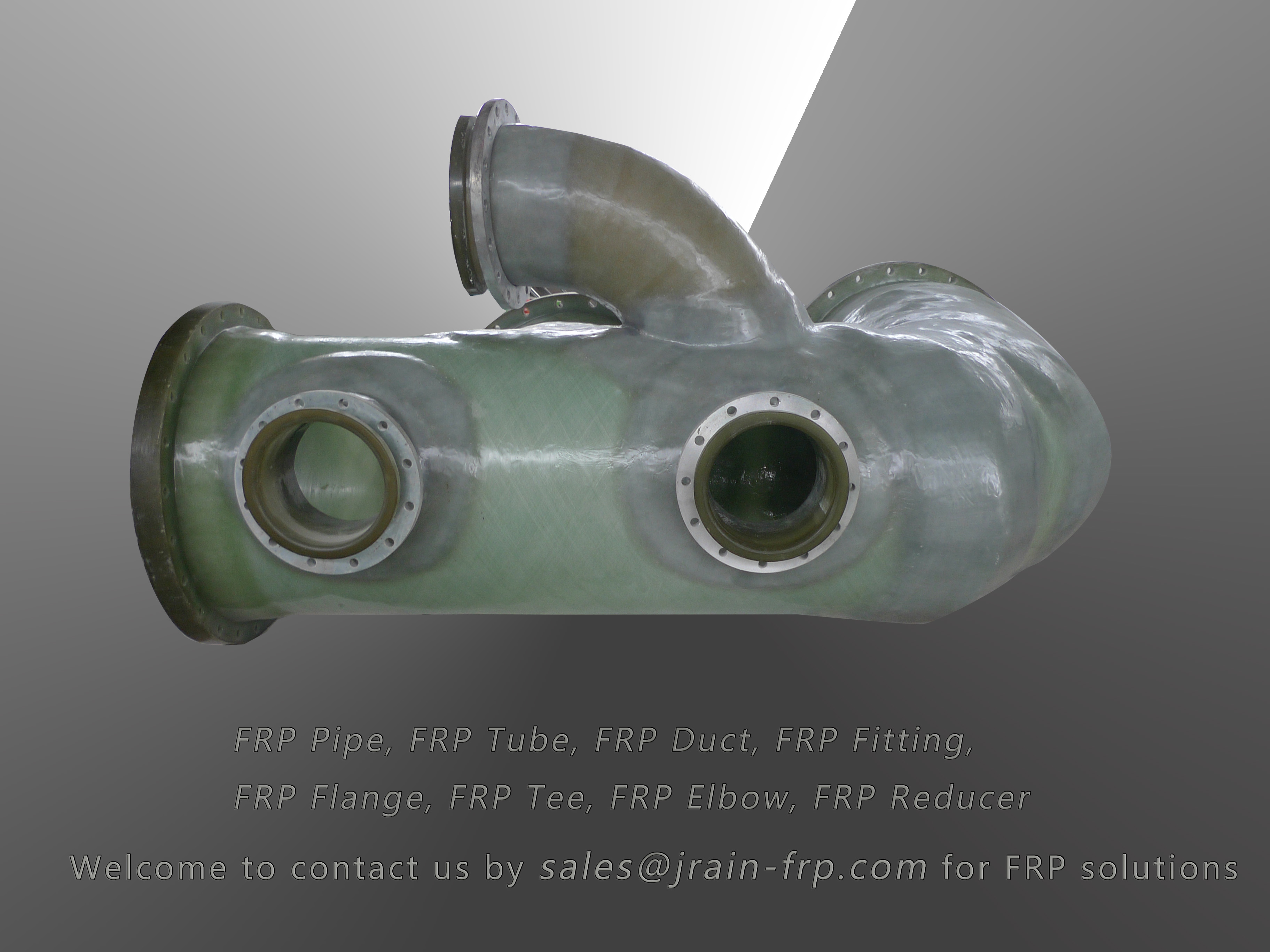
-
 Afrikaans
Afrikaans -
 Albanian
Albanian -
 Amharic
Amharic -
 Arabic
Arabic -
 Armenian
Armenian -
 Azerbaijani
Azerbaijani -
 Basque
Basque -
 Belarusian
Belarusian -
 Bengali
Bengali -
 Bosnian
Bosnian -
 Bulgarian
Bulgarian -
 Catalan
Catalan -
 Cebuano
Cebuano -
 China
China -
 China (Taiwan)
China (Taiwan) -
 Corsican
Corsican -
 Croatian
Croatian -
 Czech
Czech -
 Danish
Danish -
 Dutch
Dutch -
 English
English -
 Esperanto
Esperanto -
 Estonian
Estonian -
 Finnish
Finnish -
 French
French -
 Frisian
Frisian -
 Galician
Galician -
 Georgian
Georgian -
 German
German -
 Greek
Greek -
 Gujarati
Gujarati -
 Haitian Creole
Haitian Creole -
 hausa
hausa -
 hawaiian
hawaiian -
 Hebrew
Hebrew -
 Hindi
Hindi -
 Miao
Miao -
 Hungarian
Hungarian -
 Icelandic
Icelandic -
 igbo
igbo -
 Indonesian
Indonesian -
 irish
irish -
 Italian
Italian -
 Japanese
Japanese -
 Javanese
Javanese -
 Kannada
Kannada -
 kazakh
kazakh -
 Khmer
Khmer -
 Rwandese
Rwandese -
 Korean
Korean -
 Kurdish
Kurdish -
 Kyrgyz
Kyrgyz -
 Lao
Lao -
 Latin
Latin -
 Latvian
Latvian -
 Lithuanian
Lithuanian -
 Luxembourgish
Luxembourgish -
 Macedonian
Macedonian -
 Malgashi
Malgashi -
 Malay
Malay -
 Malayalam
Malayalam -
 Maltese
Maltese -
 Maori
Maori -
 Marathi
Marathi -
 Mongolian
Mongolian -
 Myanmar
Myanmar -
 Nepali
Nepali -
 Norwegian
Norwegian -
 Norwegian
Norwegian -
 Occitan
Occitan -
 Pashto
Pashto -
 Persian
Persian -
 Polish
Polish -
 Portuguese
Portuguese -
 Punjabi
Punjabi -
 Romanian
Romanian -
 Russian
Russian -
 Samoan
Samoan -
 Scottish Gaelic
Scottish Gaelic -
 Serbian
Serbian -
 Sesotho
Sesotho -
 Shona
Shona -
 Sindhi
Sindhi -
 Sinhala
Sinhala -
 Slovak
Slovak -
 Slovenian
Slovenian -
 Somali
Somali -
 Spanish
Spanish -
 Sundanese
Sundanese -
 Swahili
Swahili -
 Swedish
Swedish -
 Tagalog
Tagalog -
 Tajik
Tajik -
 Tamil
Tamil -
 Tatar
Tatar -
 Telugu
Telugu -
 Thai
Thai -
 Turkish
Turkish -
 Turkmen
Turkmen -
 Ukrainian
Ukrainian -
 Urdu
Urdu -
 Uighur
Uighur -
 Uzbek
Uzbek -
 Vietnamese
Vietnamese -
 Welsh
Welsh -
 Bantu
Bantu -
 Yiddish
Yiddish -
 Yoruba
Yoruba -
 Zulu
Zulu
mandrel
The Role of Mandrels in Manufacturing and Engineering
Mandrels play an essential role in the field of manufacturing and engineering, serving as crucial tools for shaping and forming materials. Often overlooked, these simple yet effective devices are fundamental in various industrial applications, particularly in metalworking, woodworking, and the production of composite materials. By exploring the functions, types, and uses of mandrels, we can gain a deeper understanding of their significance in modern manufacturing processes.
At its core, a mandrel is a cylindrical tool or form used to support and shape a workpiece. It acts as a reliable base that provides stability during operations such as bending, shaping, or drilling. Mandrels can be fixed or adjustable, depending on the requirements of the specific application. For example, in metalworking, a fixed mandrel is often used to create precise cylindrical shapes in metal tubes, while adjustable mandrels are more versatile and can accommodate various sizes and shapes.
One of the primary uses of mandrels is in the production of tubes and pipes. In this process, a piece of metal is heated and then placed over a mandrel. As the metal is shaped around the mandrel, it retains its form and achieves the desired diameter and wall thickness. This method is particularly relevant in industries such as oil and gas, where pipes must meet stringent specifications for safety and performance.
In addition to metalworking, mandrels are prevalent in woodworking applications. For instance, woodworkers use mandrels to create intricate designs such as dowels and pegs. By inserting a piece of wood onto a mandrel, artisans can accurately shape and finish the wood, ensuring uniformity and precision in their projects. Mandrels designed for woodworking often feature specialized surfaces to allow for smooth finishes, reducing the need for extensive sanding or refinishing.
mandrel

Furthermore, mandrels are integral in the manufacturing of composite materials, which are increasingly used in aerospace and automotive industries due to their strength and lightweight properties. In composite manufacturing, a mandrel can be used as a core around which layers of composite material are built. Once the material has cured, the mandrel is removed, leaving behind a hollow structure that is both strong and lightweight. This technique is crucial in producing components such as airplane wings and automotive parts where weight reduction is a priority.
The design and material of mandrels can vary significantly depending on their intended use. While many mandrels are made from robust metals like steel or aluminum, others may be constructed from softer materials to accommodate specific jobs or to prevent damage to delicate workpieces. The surface finish of a mandrel is also vital; it should be smooth to reduce friction and prevent the workpiece from adhering to it during shaping processes.
In recent years, technological advancements have led to the development of specialized mandrels equipped with sensors and actuators. These smart mandrels can provide valuable real-time data regarding the shaping process, allowing for improved precision and efficiency. As manufacturers continue to seek ways to optimize their operations, the integration of smart technologies, including those related to mandrels, is likely to become more prevalent.
In conclusion, mandrels may seem like simple tools, but their impact on the manufacturing and engineering sectors is profound. By providing support and shape to various materials, mandrels facilitate the creation of precisely engineered parts and components. As industries evolve and advance, mandrels will undoubtedly continue to play a vital role in helping manufacturers meet the demands of modern production while ensuring quality and efficiency.









